Examination Board: Edexcel
What is the course about?
The A Level in art, craft and design is a broad-based course of study, developed through a range of 2D, 3D and time-based processes and media approaches. This includes fine art, graphic communication, textile design, 3D design and photography. The course has three major elements: supporting studies, practical work, and a personal study.
For the two-year linear A Level course you will study:
A Level Unit 1 – Coursework
This unit incorporates two linked elements, each with separate final outcomes: practical work and personal study. These two elements, though separate, are integrally linked and support each other. The supporting studies combine research and development for both final outcomes. The personal study consists of an investigation presented as written and visual analysis into an aspect of a selected artist’s art, craft or design work which includes images and a written element of between 1,000 and 3,000 words. Both the contextual and practical outcomes are based on themes and starting matter developed from personally generated starting points.
A Level Unit 2 – Externally Set Assignment
The externally set assignment represents the culmination of the A Level course. The paper consists of one broad-based thematic starting point. The delivery of this unit is planned with appropriate guidance during the preparatory period, encouraging independence in the student in the development of their ideas, intentions and response. Students submit supporting studies and practical outcomes in response to the given theme. The 15-hour timed element, in which the student produces an unaided practical final outcome is carried out under examination conditions.
How is the course assessed?
| Unit | Assessment | % |
| Unit 1: Coursework and Personal Study |
Internally set Internally assessed Externally marked |
60% |
| Unit 2: Externally Set Assignment |
Externally set Internally assessed Externally marked |
40% |
What can the course lead to in terms of higher education and future careers?
Progression to higher education is normally to foundation course where a wide range of art practices are offered, followed by a BA degree course in the student’s chosen specialism. The range of career opportunities is wide, including: animation, ceramics, fashion, fine art painting, fine art sculpture, film, graphic communication, graphic design, illustration, industrial design, interior design, jewellery design, media, photography, product design and art restoration.
What are the formal entry requirements?
GCSE art at Grade 6 or above is the best foundation for success in A Level art. The student should have an aptitude for, and lively enjoyment of, the subject and the commitment and interest to sustain the demands of the course.







